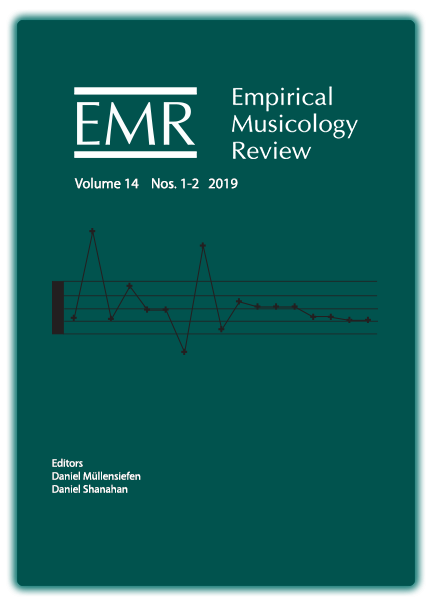How Thomas A. Edison shaped today's singing ideal: Tracking his ambiguous concept of tremolo by analysing archival documents and sound recordings
DOI:
https://doi.org/10.18061/emr.v14i1-2.6689Keywords:
Thomas A. Edison, Phonograph, Singing, Vibrato, Tremolo, GramophoneAbstract
We linked an analysis of vocal vibratos in early recordings with Edison's dismissive attitude towards singers' tremolos in the same recordings. We conclude that there are at least two different factors contributing to Edison's concept of tremolo, which include a) technical limitations and artefacts related to the recording process, and b) aesthetic judgements based on his taste for a good singing voice, but which are not necessarily related to the vibrato as such. In some cases, his comments on the tremolo even contradict the vibratos found in the recordings. Yet, Edison's concept of tremolo was as ambiguous as it was influential, for it was the tremolo on which Edison frequently based his decision to employ singers for commercial recordings. Since many of today's vocal artists still view early recordings as the gold standard of interpretation, we should consider the possibility that early recordings are by no means a representative sample of the artists of that time, but rather a selection due to the constraints of the technology at that time.Published
How to Cite
Issue
Section
License
Copyright (c) 2019 Tilo Hähnel, Karin Martensen

This work is licensed under a Creative Commons Attribution-NonCommercial 4.0 International License.


